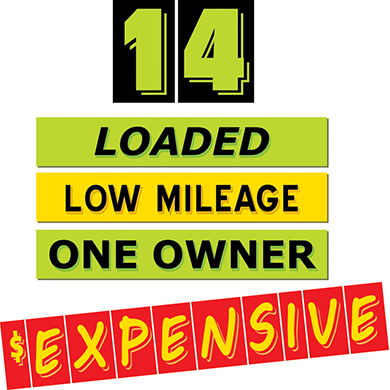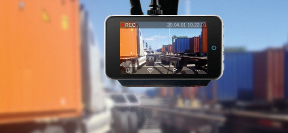It is our intent to regularly inform you of trending claims affecting our insureds. Having examined our most recent claims data, our analysts have detected two trends that need attention.
First, our claims handlers have been receiving claims where other vehicles have been crashing into our insured’s vehicles. Secondly, rear-end crashes persist as a chronic claim.
In situations where another vehicle collides with yours, it is imperative that you document as much about the crash as possible. Due in large part to a trucker’s liability limits being significantly higher than 4-wheel motorists, the industry is under assault by fraudulent individuals/groups and attorneys dedicated towards acquiring and litigating trucker claims regardless of fault.
In documenting the scene, you should be photographing all angles of the crash including the area of impact. Be sure to photograph signs, license plates of vehicles involved, the intersection, and skid marks. Try to do this while maintaining relativity to the crash area. Additionally, seek out names and numbers of any witnesses and be sure to take time to write down your account of the incident.
With respect to rear-end crashes, these crashes are chronic and should continue as a hot topic discussion at driver meetings. Below are some tips to reducing this type of crash.
If you are in a rush, you will likely be driving too fast for conditions or too close to be able to stop in time to avoid a collision. Maintain space between you and the vehicle ahead of you. A 3-second cushion should be minimum at higher speeds. Maintaining this cushion is very important due to motorists merging unexpectedly and braking quickly.
Distractions can take your attention from the road. A loaded semi traveling at 60 mph will travel 88 feet per second and need roughly 500ft to fully stop. At that same speed a 4-wheel motorist can stop in around 200ft. Minimize your distractions and keep focused on the road.



